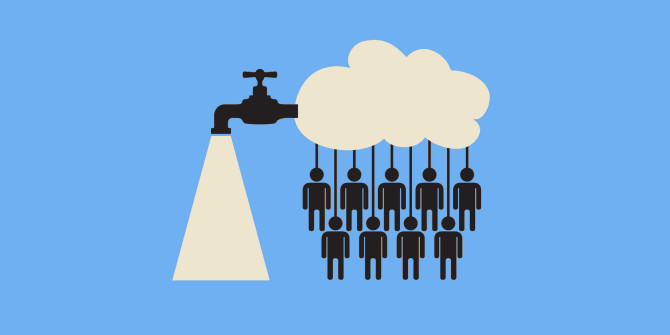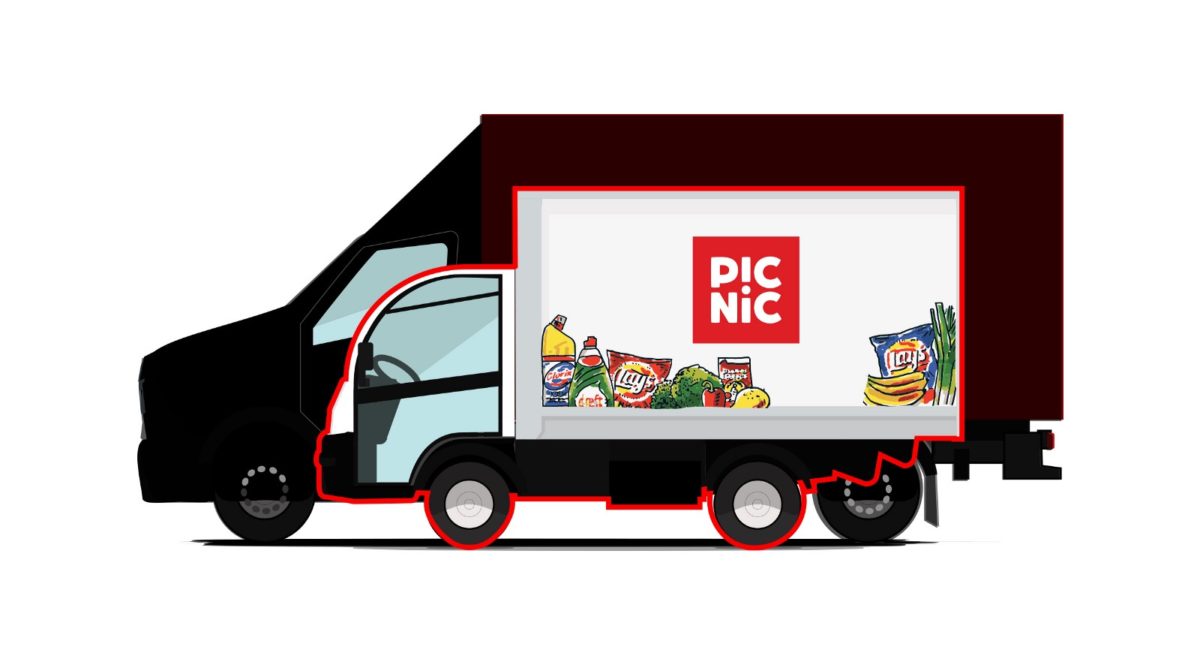The biggest player in the field of user generated content is Wikipedia. The web-based, free encyclopedia is based on a model of openly editable content and is ranked as the 5th most visited website in the world (Alexa.com, 2018). Wikipedia is an information company, using a platform model. All of the content of the online encyclopedia is user-generated, and thus is a prime example of a sharing economy: created by users, for users.
Another pioneer information provider using a platform model is Khan Academy, an online education platform, allowing users to upload lessons in the form of YouTube videos. The lessons are checked, corrected and rated by other users. Both Wikipedia and Khan Academy tap into sharing economy and utilize the network effect to its fullest: the more users, the more value it brings for other users. However, both companies fully rely on the content provided by their own user base: if users stop creating or editing Wikipedia articles or Khan videos, the content will become outdated.
Navigation App Waze is a remarkable example of an information platform that finds great value in user generated content, but does not fully rely on it. Waze utilizes user-submitted travel times and route details to provide the most accurate representation for the traffic situation (Waze, 2018). Users can submit traffic jams, accidents, fuel prices and more. The more users that submit information about the traffic situation, the more accurate it becomes.
Waze encourages interaction through gamification. User inputs are rewarded with points, used for both in-app and real-life purchases, incentivizing users to contribute. You can directly thank other drivers for for sharing information, creating a great sense of community. Users are notified whenever you are thanked by another driver, serving as a powerful motivation to continue sharing.
At a certain point, the network effect generates so much value to a platform that it becomes a barrier to entry for other companies. The sheer amount of users that provide value through the network effect will stop users from leaving the platform. Even if a new company enters the market with a brilliant idea – for example, an navigation app even better than Waze – the sheer amount of Waze users that provide value will form a barrier for Waze users to switch.
As opposed to Wikipedia and Khan Academy, Waze does not fully rely on user inputs. Waze will function as a navigation application perfectly fine without any user inputs. These user inputs only add extra value. Therefore, it does not rely on the network effects, but it does reap the benefits of extra users. This creates a competitive advantage that Wikipedia and Khan Academy do not have. The lack of this competitive advantage might even become their pitfall.
Companies currently focusing on providing information should try to capture the potential value that its’ users could bring, by incorporating them into the content creation. By empowering users, it provides users with a sense of involvement, in turn creating a network effect. This enables the platform to become a perpetuum mobile, since user contribution attracts more users, in effect fueling itself. However, information companies should however not fully rely on its users, as it would impose too much of a risk. Rather, a balance should be strived for, in which the information company reaps the benefits of user inputs, but not fully rely on them.
Sources
- Alexa.com. (2018). Alexa Top 500 Global Sites. [online] Available at: https://www.alexa.com/topsites [Accessed 11 Oct. 2018].
- Waze.com. (2018). Free Driving Directions, Traffic Reports & GPS Navigation App by Waze. [online] Available at: https://www.waze.com/ [Accessed 7 Oct. 2018].


